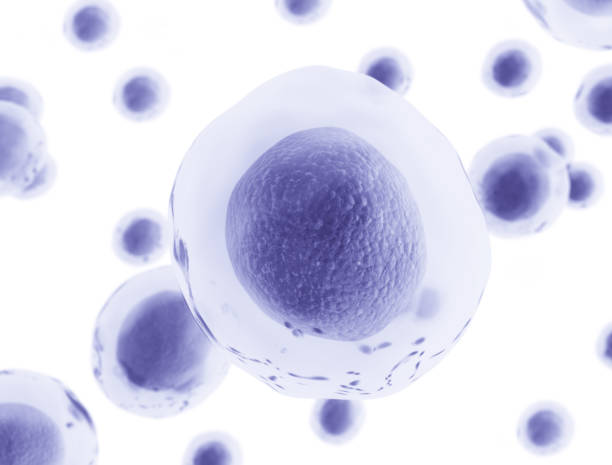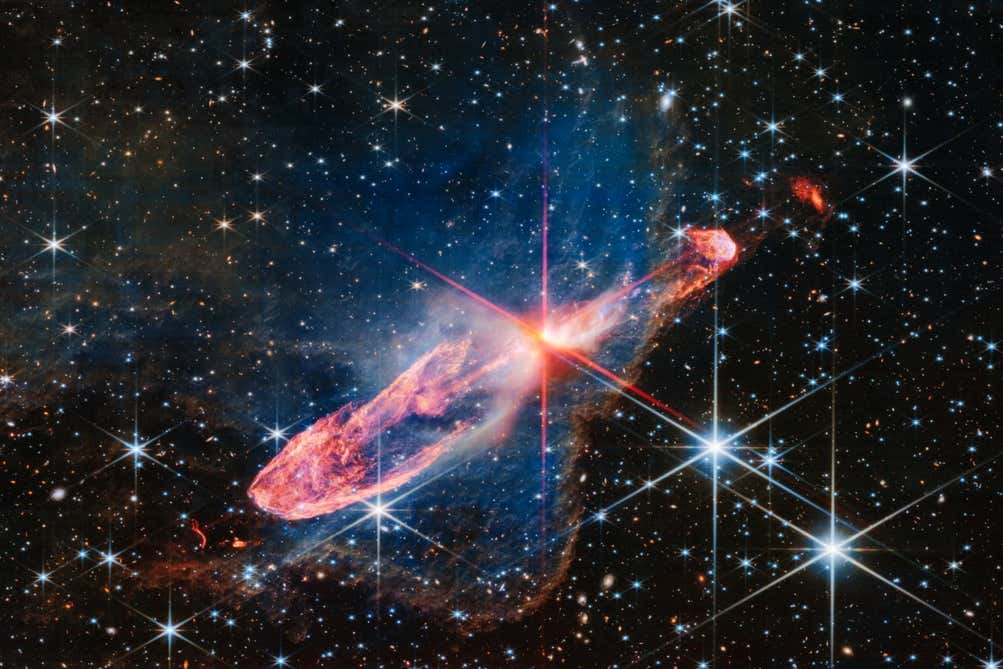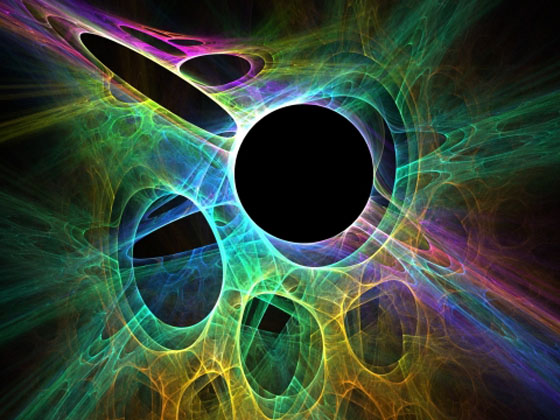The human body is a living miracle, made up of trillions of tiny units called cells. These microscopic structures are so small that most cannot be seen without a microscope, yet they carry out the countless processes that allow us to live, grow, heal, and think. Each heartbeat, every thought, every breath you take is powered by the astonishing work of cells.
But cells are not just basic building blocks. They are breathtakingly complex, packed with intricate machinery that outshines even the most advanced technologies humans have ever built. They talk to each other, defend us, recycle waste, produce energy, and even carry the secrets of life in the form of DNA.
In this article, we will uncover 15 of the most mind-blowing facts about human cells, each revealing just how extraordinary these tiny structures truly are. By the end, you’ll see yourself—and the living world—in a completely new light.
1. The Human Body Contains Trillions of Cells
Your body is made up of an estimated 37 trillion cells. That’s 37,000,000,000,000! To put this into perspective, there are more cells in your body than there are stars in the Milky Way galaxy.
And yet, these trillions of cells work together in perfect harmony, forming tissues, organs, and systems that keep you alive. They’re like the citizens of a vast metropolis, each with its own role, cooperating to create a functioning society.
Even more incredible, the number of bacterial cells living in and on your body is roughly equal to or greater than your human cells. You are not just one being—you are an entire ecosystem.
2. All Human Cells Contain the Same DNA
Every single cell in your body (except red blood cells and a few specialized ones) carries the same complete set of DNA—the blueprint for making you. That means the genetic instructions for your hair, skin, eyes, brain, and even your immune system are present in almost every cell.
So why do cells look and behave differently? It’s because different genes are turned “on” or “off” depending on the cell type. Muscle cells activate genes for contraction proteins, while neurons activate genes for communication. The rest of the DNA remains dormant, waiting to be used if needed.
This is why cloning is possible: a single skin cell contains the full instruction manual to recreate an entire human being.
3. Cells Are Tiny, But Some Are Visible to the Naked Eye
Most cells are microscopic, measuring between 10–30 micrometers (millionths of a meter). But not all! The largest human cell is the female egg cell (ovum), which is so large it can be seen without a microscope.
On the other end of the scale, the smallest human cells are sperm cells, which are designed for mobility rather than bulk. Their tails (flagella) whip back and forth, propelling them toward the egg.
Cells may be small, but their impact is monumental—they are the engines of life.
4. Cells Are Miniature Power Plants
Every cell in your body is a power generator. Within them are tiny structures called mitochondria, often called the “powerhouses of the cell.” These remarkable organelles convert the food you eat into ATP (adenosine triphosphate), the energy currency that fuels everything your body does.
A single cell can contain hundreds or even thousands of mitochondria, depending on how much energy it needs. For instance, muscle cells and neurons are packed with them because of their high energy demands.
Every second of your life, your cells are producing and consuming ATP at astonishing rates. In fact, your body turns over its weight in ATP every single day!
5. Cells Can Self-Destruct for the Greater Good
Cells are not selfish; they know when it’s time to die for the sake of the body. This process, called apoptosis, is a form of programmed cell death.
Apoptosis is essential for health. It removes damaged cells, prevents the spread of infections, and eliminates cells that could turn cancerous. For example, during your development in the womb, apoptosis sculpted your hands and feet by removing the cells between your fingers and toes.
In this way, cell death is just as important as cell survival. It’s a reminder that life at the cellular level is a delicate balance between growth and sacrifice.
6. Neurons Can Be Over a Meter Long
While most cells are tiny, nerve cells (neurons) can stretch astonishing distances. Some neurons in your spinal cord extend all the way down to your toes, making them more than a meter long!
These elongated cells transmit electrical impulses at lightning speed, allowing you to move, feel, and think. They’re like living wires, carrying signals across your body in milliseconds.
The fact that these slender, threadlike cells can coordinate complex actions like running, speaking, or playing an instrument is nothing short of miraculous.
7. Cells Can Communicate in Remarkably Complex Ways
Cells are not silent. They are constantly sending and receiving signals in a vast biological conversation. They release chemical messengers like hormones and neurotransmitters, pass electrical signals, and even touch directly through structures called gap junctions.
This communication is essential for life. It tells your heart cells when to beat, your immune cells when to attack, and your brain cells when to form memories. If cellular communication fails, diseases like cancer, diabetes, and neurological disorders can arise.
It’s as if each cell has a smartphone, constantly texting and calling its neighbors to keep the community of your body functioning smoothly.
8. Red Blood Cells Are Cellular Couriers
Your red blood cells (RBCs) are some of the most specialized cells in the body. They lack nuclei and DNA, focusing entirely on their job: carrying oxygen.
Packed with hemoglobin molecules, each red blood cell can transport a billion oxygen molecules from your lungs to your tissues in a single trip. Then, they pick up carbon dioxide and carry it back to your lungs for exhalation.
Astonishingly, your body produces about 2 million new red blood cells every second to keep up with demand. Without these tireless couriers, life would not be possible.
9. Cells Are Recycling Experts
Cells are masters of efficiency. Inside them are tiny compartments called lysosomes, which act like recycling plants. They break down old proteins, damaged organelles, and waste products, reusing the raw materials to build new cellular machinery.
This process, called autophagy, is crucial for survival. It allows cells to adapt to stress, fight infections, and maintain balance. Without autophagy, toxic waste would accumulate, leading to diseases such as Alzheimer’s and Parkinson’s.
In many ways, cells are more sustainable than human societies—they waste almost nothing.
10. Stem Cells Are the Body’s Shape-Shifters
Among all human cells, stem cells are perhaps the most remarkable. Unlike specialized cells (such as muscle or skin cells), stem cells have the ability to transform into almost any other cell type.
They are the body’s raw material, capable of repairing damaged tissues and regenerating organs. During development, stem cells give rise to the diverse array of cells that make up the body. In adulthood, they still exist in places like bone marrow, ready to replace blood, bone, and immune cells when needed.
Stem cell research is one of the most exciting frontiers in medicine, offering hope for treatments that could one day repair spinal cord injuries, reverse degenerative diseases, or even regrow organs.
11. Cells Are Tiny Computers
In many ways, cells behave like biological computers. They take in information from their environment, process it, and respond with precise actions.
For example, immune cells detect invaders and decide whether to launch an attack. Skin cells sense damage and initiate healing. Neurons process sensory input and produce thoughts or movement.
The complexity of these decision-making processes far surpasses any computer humans have built. Each cell operates with dazzling precision, running countless chemical reactions every second without error.
12. Cells Have Their Own Skeletons
Though they seem soft and fragile, cells actually have internal frameworks called the cytoskeleton. This network of protein filaments gives cells shape, allows them to move, and even serves as a transportation system for moving molecules around.
The cytoskeleton is dynamic—it constantly reshapes itself as cells grow, divide, or migrate. For instance, immune cells use their cytoskeleton to crawl toward infections, while neurons use it to extend long axons toward other cells.
It’s like having a flexible skeleton inside each cell, adaptable to whatever task is at hand.
13. Cells Can Store Immense Information
The DNA inside a single human cell contains about 3 billion base pairs, encoding the instructions to build and maintain an entire human being.
If you stretched out the DNA from just one cell, it would be about 2 meters long—yet it fits inside a nucleus smaller than the tip of a needle. Now imagine multiplying that by 37 trillion cells!
Even more incredible, DNA is so information-rich that if you stored it digitally, it would equal over 700 terabytes per cell. That means your body’s cells collectively store more data than all the world’s computers combined.
14. Cells Can Mutate—and Sometimes That Saves Us
Cells aren’t static; they mutate. Most mutations are harmless, some are harmful (like those leading to cancer), but occasionally, mutations are beneficial.
In fact, evolution itself is driven by mutations. Over countless generations, tiny changes in DNA accumulate, allowing humans to adapt to new environments, resist diseases, and develop new traits.
Even today, cells are quietly mutating inside you. Some mutations may cause trouble, but others may hold the key to survival in the face of future challenges.
15. You Are Constantly Replacing Your Cells
Cells don’t last forever. They are constantly dying and being replaced. Your skin cells live for about two weeks, red blood cells for around four months, and white blood cells for a year or more.
Your stomach lining is replaced every few days because of its harsh, acidic environment. Neurons, on the other hand, can last a lifetime, though they can grow new connections.
This means that while you feel like one continuous person, much of your body is constantly renewing itself. In a sense, you are never the same person twice—the “you” of today is physically different from the “you” of years ago.
Conclusion
Human cells are not just building blocks; they are living miracles. From their ability to generate energy, communicate, and recycle waste, to their power to mutate, self-destruct, and regenerate tissues, cells are far more sophisticated than anything humans could design.
The 15 mind-blowing facts we’ve explored here only scratch the surface of their complexity. Each cell is a universe in itself, carrying secrets that science is only beginning to unlock.
The next time you take a breath, feel your heartbeat, or gaze at your reflection, remember this: trillions of tiny, tireless cells are working in harmony to create the miracle of you.






